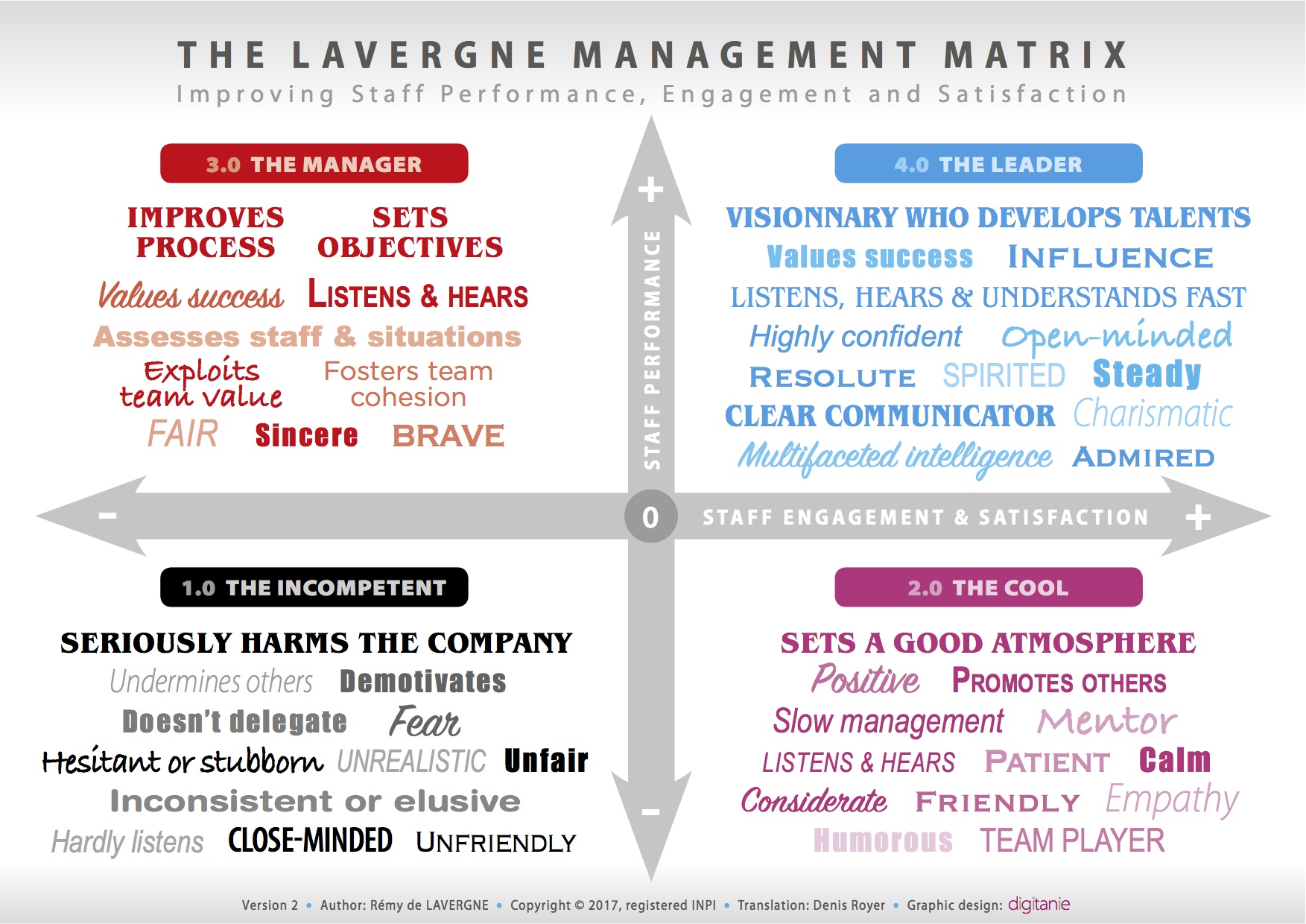If you’re looking for something new to get you through the dog days of summer, check out this week’s schedule of procurement and supply chain webinars. Click on the title of each event below to view the full description in our events calendar and to connect to their registration pages.
Special thanks to longtime BMP friend Charles Dominick, SPSM3 of theNext Level Purchasing Association for this guest post.
As a procurement professional, you need to be good at finding suppliers who work out as good or better than you predict. As a procurement leader, you need to be good at finding employees who work out as good or better than you predict. In this post, I’ll share some traditional and not so-traditional ways to find high-potential procurement talent.
Special thanks to longtime BMP friend Charles Dominick, SPSM3 of the Next Level Purchasing Association for this guest post. Welcome back to this series on improving procurement capability.&n...
This is an incredibly busy week for procurement and supply chain webinars! The end of 2016 is filling up fast. In fact, there are only really 7 weeks left in the year once you subtract the weeks of Thanksgiving and Christmas. Click on the title of each webinar below to view the full description and register or visit the BMP events calendar to see what’s on tap for the rest of the month.
As organizations continue to expand the use of contingent talent to supplement their full-time workforce, they are also seeking ways to optimize their contingent workforce programs to generate additio...
I created the Lavergne Management Matrix to make it possible to share and discuss ‘Benevolent Leadership’. The managerial aptitude of a person can be evaluated according to two criteria: The satisfact...

Services Procurement remains a point of significant pain to procurement departments as well as business managers due to the high volume of projects and the substantial number of vendor partners involv...
Between the new technologies available and the tidal wave of talented individuals with people analytics experience, companies can now see their entire workforce in new and exciting ways. But while mos...
Why do organizations continue to use high priced consultants and consulting firms instead of their own talented employees? Before I answer this, I must confess that I am an experienced consultant having worked for both small and large consulting firms.
“By 2020, procurement’s role will have become even more important for sustaining constant supply, best cost, reduced volatility, faster and improved innovation, and clean corporate-brand image.” (p. 1...
We have finally reached the last events post of 2021. This year was as fast as it was slow, and now 2022 is right around the corner. You’ll see that forward-looking theme reflected in this week’s reco...
After a break for the Thanksgiving holiday in the U.S., we’re now watching as the last few grains of sand pass through the hourglass. While there are technically 4 weeks left in the calendar year, onl...
Organizations that are not leveraging a managed service provider (MSP) and vendor management system (VMS) may be paying too much for contingent talent and are at risk of noncompliance with various lab...
If there was any doubt that managing the supply chain is also an exercise in managing risk, just ask someone who works in procurement – particularly the world of direct procurement. These professional...
As I mentioned in Achieving World-Class Procurement Part 1, today’s increasingly competitive market landscape is driving organizations to reinvest in their procurement and strategic sourcing departmen...
Go on. Be honest. You’ve read the slickly worded job description and sat through an interview listening to animated energetic, buzz words and you‘re very interested. But at the same time, haven’t you ...
This week’s webinar notes are from a December 2013 event presented by Coupa and CFO.com with featured speakers from Deloitte and Blackstone Group. The event is available on demand on CFO.com and if you are interested in the content, there are two Deloitte whitepapers you can download:
- Charting the course - Why procurement must transform itself by 2020
- The Deloitte Global CPO Survey 2013
While the four trends defined by Deloitte’s John Mavriyannakis are new topics for procurement, he did offer some interesting updates, added to by practitioner commentary by Blackstone’s Scott Whitehill.
These event notes are based on a webinar presented by Supply Chain Insights on June 25, 2015. The webinar can be viewed on demand without any registration requirements here. I advocate seeing it for a look into some of Supply Chain Insights’ research on trends in supply chain talent development as well as to hear the stories shared by the panelists.
Along with moderator (Supply Chain Insights founder and CEO) Lora Cecere, the event panelists were Andrew Byer, P&G’s Associate Director of Supply Network, and Fran O’Sullivan, IBM’s General Manager of Systems, Strategy, and Operations.
This week’s webinar notes are from a November 19th event hosted by BravoSolution and presented by Mickey North Rizza, their VP of Strategic Services and former AMR Research/Gartner analyst. As of December 2nd, the event was not yet available on demand on their website. In the meantime, BravoSolution does have a whitepaper with the same title written by North Rizza if you are interested in more. Click here to download it.
This week’s webinar notes are from a January 27th event hosted by BravoSolution and presented by Sigi Osagie (author of ‘Procurement Mojo’) and Peter Smith (Managing Director, Spend Matters UK/Europe). Once the event is available on demand, it should be available here.